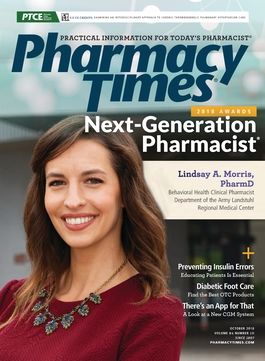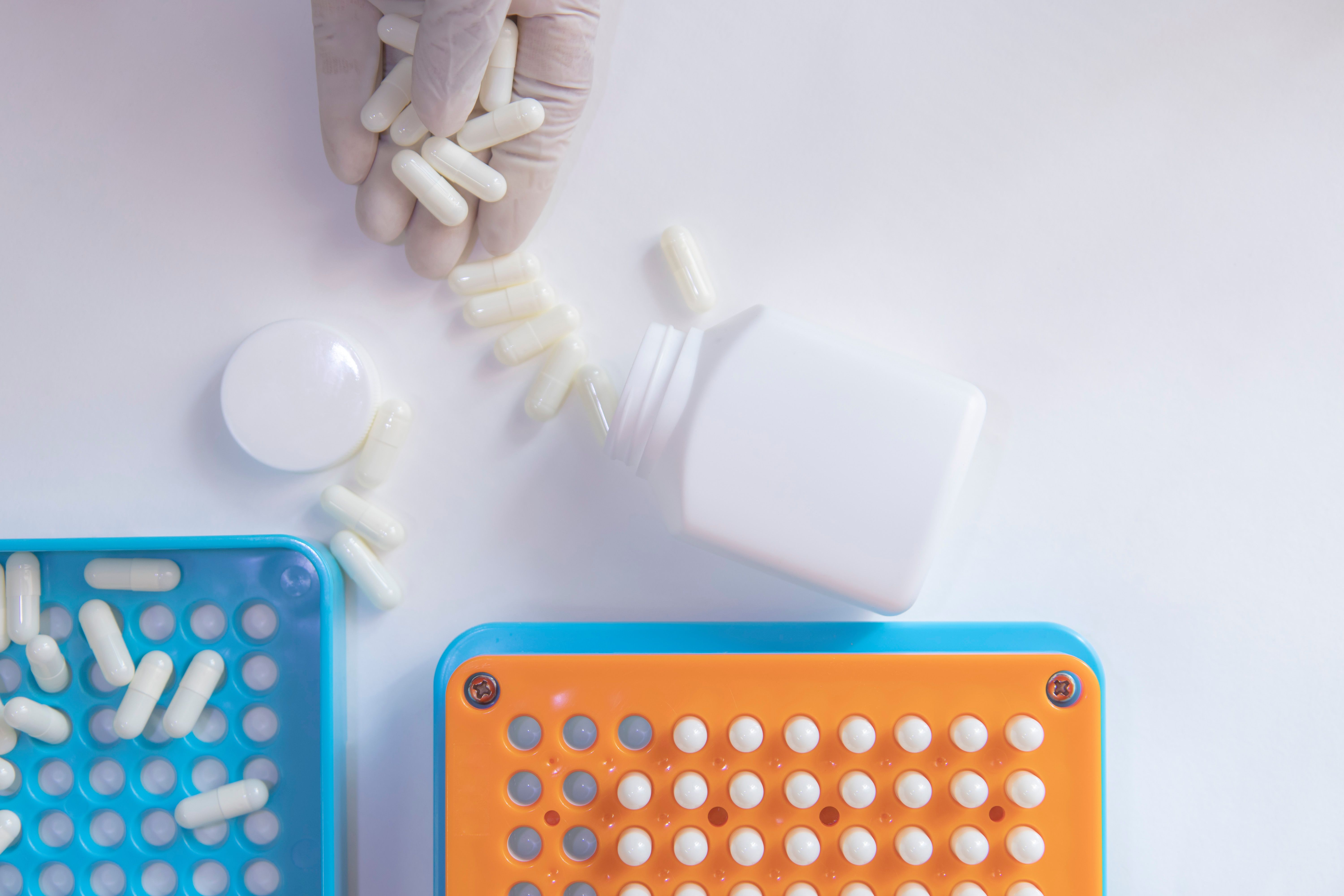Publication
Article
Pharmacy Times
Case Studies (October 2018)
What should these pharmacists do?
Case 1:
HS is a 61-year-old man who comes to your community pharmacy to have his blood pressure checked. Your measurement, performed while he rests comfortably in a chair, reads 148/90 mm Hg. His medical history includes several transient ischemic attacks over the past 9 months, and he takes 81 mg of aspirin and 12.5 mg hydrochlorothiazide daily. HS wants your opinion on whether he should ask his doctor to change his antihypertensive treatment.
Case 2:
HC is a 64-year-old man with prostate cancer who went to the emergency department (ED) complaining of pain and swelling in his left leg. His physician orders a D-dimer test and a venous ultrasound of his legs. HC’s D-dimer is found to be elevated and his ultrasound reveals a blood clot proximal to his left knee. The diagnosis is deep vein thrombosis (DVT), and because of his active prostate cancer, HC is immediately started on a low-molecular weight heparin (LMWH), enoxaparin 1 mg/kg administered twice daily) and admitted to the medicine floor. After 2 days in the hospital, HC is discharged; however, he is reluctant to administer himself subcutaneous injections of a LMWH as an outpatient. HC says that he lives alone and does not have anybody who could administer injections for him. His physician is considering starting an oral anticoagulant and asks your opinion as the clinical pharmacist.
Answers: Case 1:
Recent American College of Physicians (ACP) and American Academy of Family Physicians (ACFP) hypertension guidelines recommend that adults aged 60 years and older with a history of TIA or stroke achieve a target systolic blood pressure (SBP) of <140 mmHg to reduce the risk for recurrent stroke. This recommendation is based upon the results of a meta-analysis which showed that treating patients with a history of TIA or stroke to a SBP of 130-140 mmHg reduces stroke risk by about 24% (95% CI, 8-34%; absolute risk reduction, 3.02%, number-needed to treat, 34) compared with treatment targeting higher SBP goals. To achieve his goal SBP of 130-140 mmHg, HS needs additional pharmacologic therapy. HS’s doctor could consider adding an angiotensin-con- verting enzyme inhibitor such as lisinopril.
Case 2:
Patients with active cancer have up to a 7-fold increased risk of venous thromboembolism (VTE) compared with age-matched controls, corresponding to an annual incidence of ~1 thrombotic event per 200 active cancer patients. Current guidelines preferentially recommend LMWHs for up to 6 months in lieu of oral anticoagulants when treating cancer-associated VTE. However, in patients who cannot or are unwilling to use LMWH therapy, oral anticoagulants can be considered. Recently, 2 randomized trials (HOKU- SAI-CANCER and SELECT-D) have demonstrated that direct-acting oral anticoagulants (DOACs), including edoxaban and rivaroxaban, are associated with reductions in recurrent VTE compared with dalteparin, but at the potential cost of increased major or clinically-relevant non-major bleeding. The net-clinical benefit (time to first recurrent VTE or bleed), however, has been shown to be similar between these anticoagulation strategies. Due to HC’s refusal to use a LMWH as an outpatient, the pharmacist might suggest edoxaban (60 mg once daily) or rivaroxaban (15 mg once daily for 21 days followed by 20 mg once daily). Warfarin may also be considered in HC, though it has been found to be inferior to LMWH therapy in regards to preventing recurrent VTE and requires frequent monitoring of international normalized ratio range.
Kimberly Jackman is a PharmD candidate at the University of Connecticut School of Pharmacy, in Storrs, Connecticut. Craig Coleman is a professor at the University of Connecticut School of Pharmacy, in Storrs, Connecticut.







